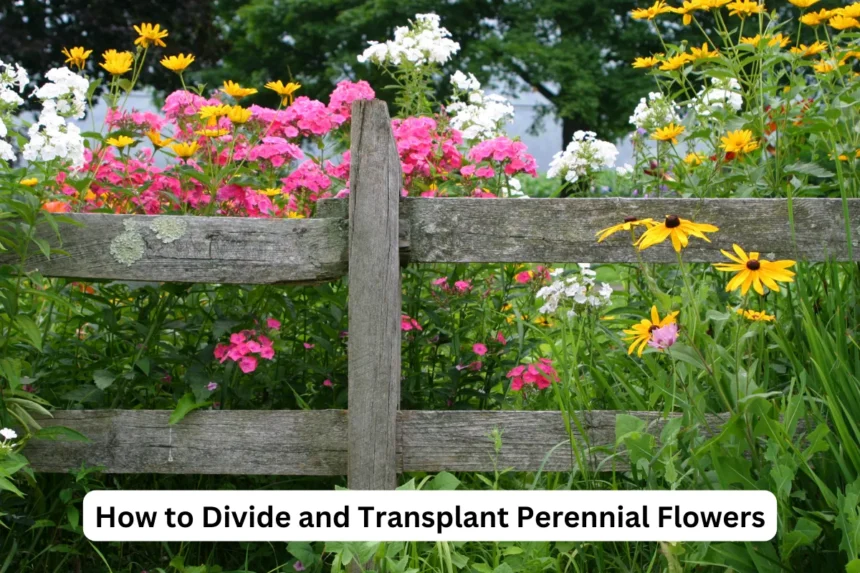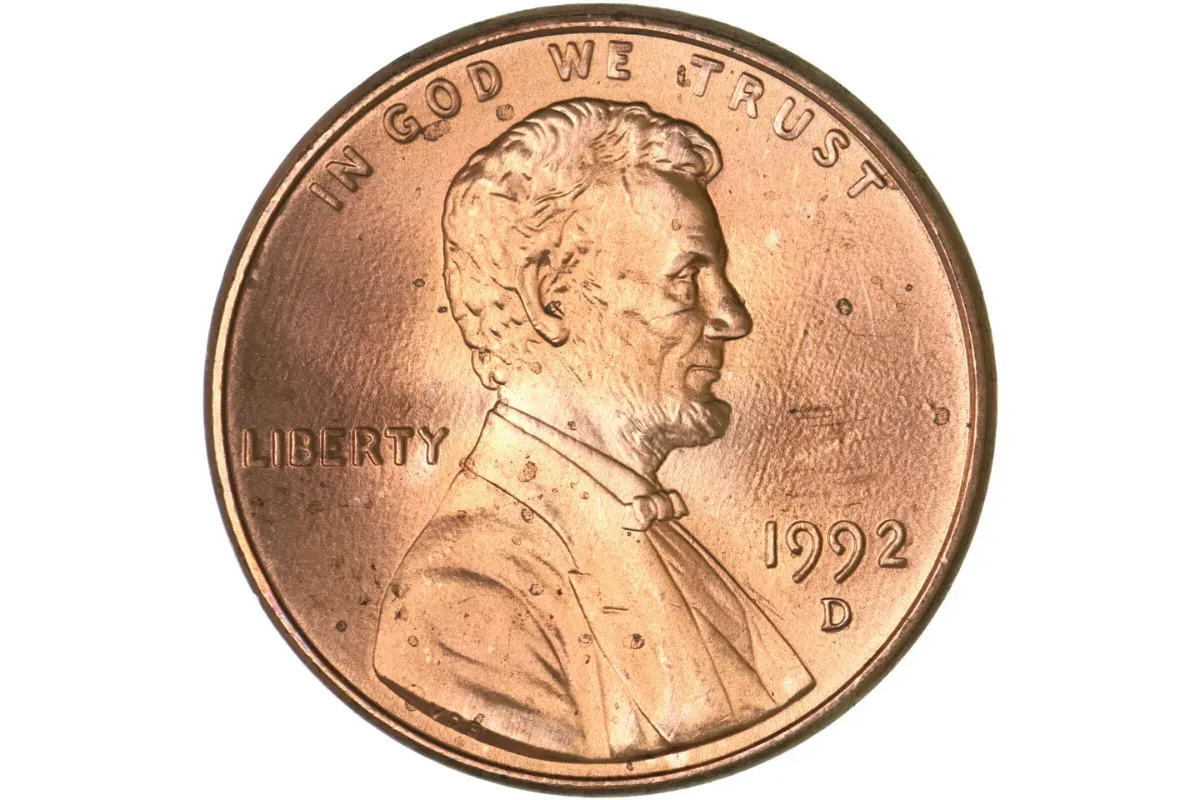Perennial flowers are the backbone of many gardens, bringing beauty and continuity year after year.
However, as they mature, perennials often benefit from division and transplantation to maintain vigor and promote healthier growth.
Dividing perennials not only rejuvenates the plants but also allows you to propagate them, expanding your garden or sharing with others.
Whether you’re a seasoned gardener or just starting out, understanding when and how to divide and
transplant your perennials is essential for their long-term health and your garden’s success.
Why Divide Perennial Flowers?
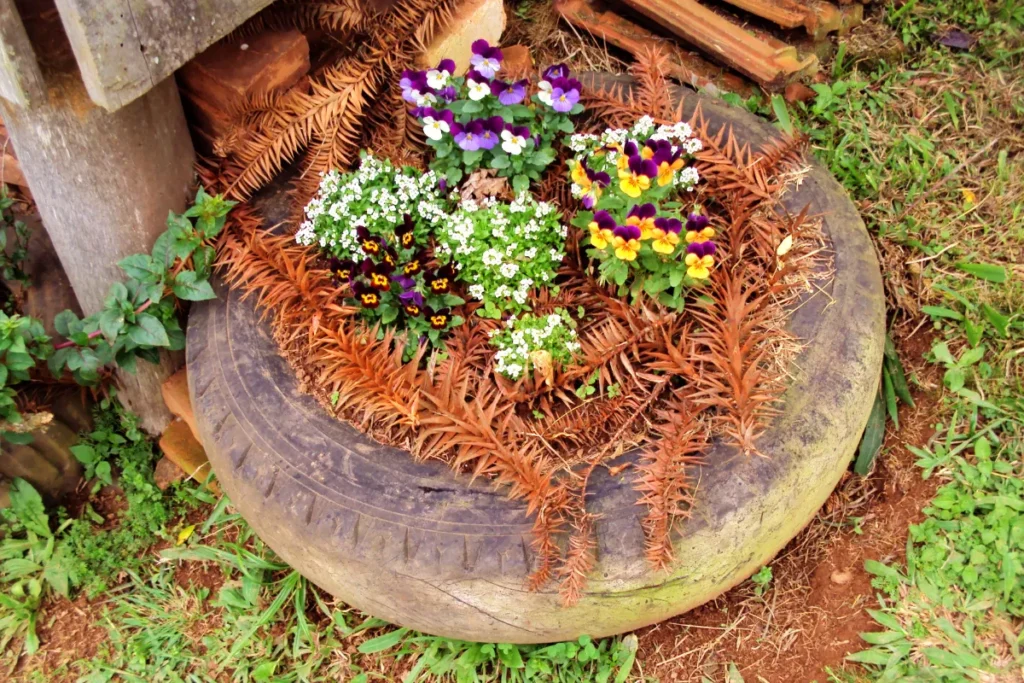
Dividing perennial flowers serves several purposes:
Rejuvenation: Over time, perennials can become overcrowded, leading to reduced bloom and vigor.
Dividing them helps rejuvenate the plants, stimulating new growth and flowering.
Propagation: Dividing allows you to create new plants from existing ones, essentially multiplying your garden’s stock without additional cost.
Control: Some perennials are aggressive spreaders. Dividing them helps control their growth and prevents them from taking over your garden.
Health: By dividing perennials, you can inspect their root systems for signs of disease or pests, promoting overall plant health.
When to Divide Perennial Flowers?
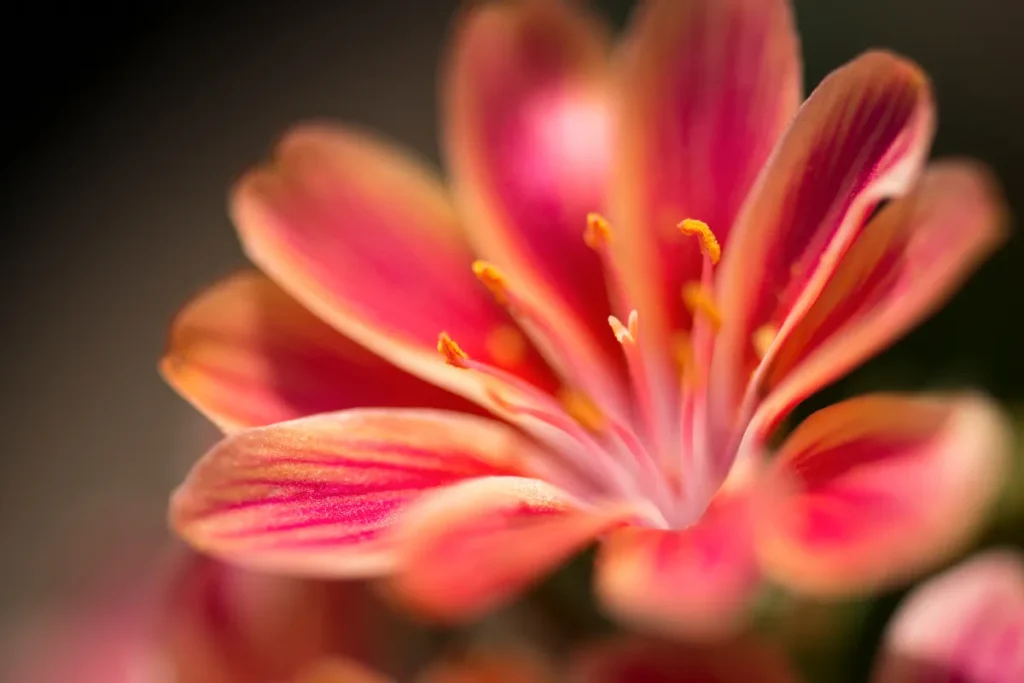
The best time to divide perennials depends on their flowering time and growth habit:
Spring: Early spring, just as new growth begins, is ideal for dividing perennials that bloom in late summer or fall. This timing gives the plants ample time to establish before their blooming period.
Fall: Dividing perennials in early fall works well for plants that bloom in spring or early summer. The cooler temperatures and moist soil help new divisions establish without the stress of summer heat.
After Flowering: For perennials that bloom in mid-summer, dividing them immediately after flowering allows them to recover and establish before winter sets in.
How to Divide Perennial Flowers: Step-by-Step Guide
Dividing perennials is a straightforward process, but it varies slightly depending on the plant species.
Here’s a general guide to help you through the process:
Prepare
Gather Tools: You’ll need a sharp garden knife, garden fork or spade, pruning shears, and possibly a shovel depending on the plant size.
Water Plants: A day or two before dividing, water the plants thoroughly to ensure they are well-hydrated and easier to work with.
Lift the Plant
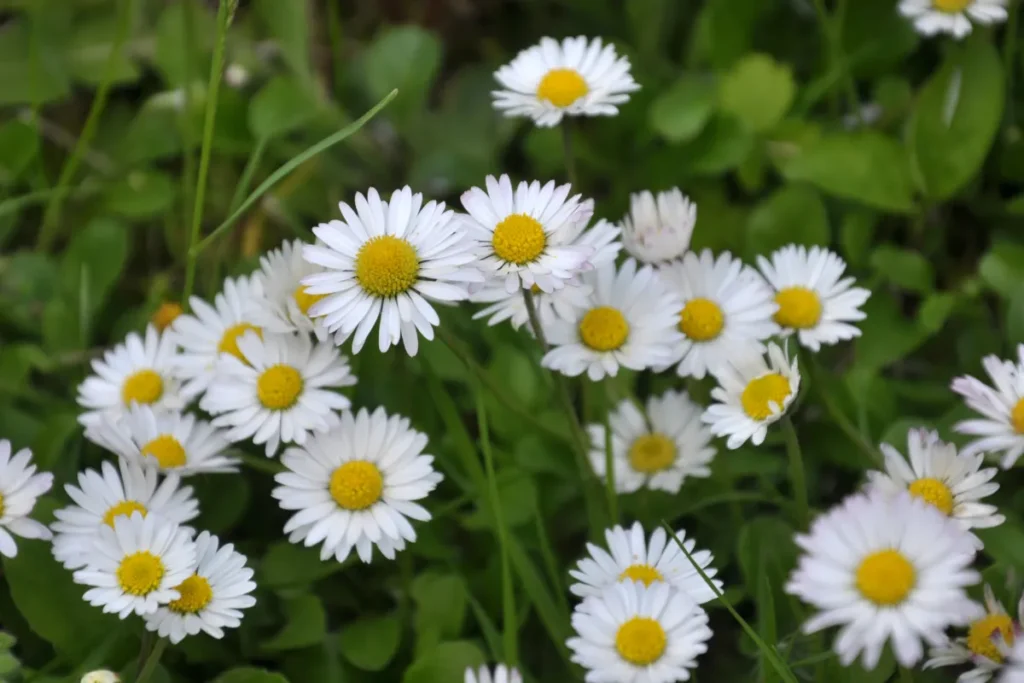
Dig Around: Using a garden fork or spade, dig around the plant’s drip line (outer edge of foliage) to loosen the soil and root ball. Be cautious not to damage the roots.
Lift Carefully: Gently lift the plant out of the ground, trying to keep the root ball intact as much as possible.
Divide the Plant
Inspect Roots: Shake off excess soil to expose the root structure. Look for natural divisions or areas where the plant can be easily separated into sections.
Divide: Use a sharp knife or garden spade to divide the plant into sections. Each section should have healthy roots and several shoots or buds.
Trim Roots and Foliage: Trim back any overly long or damaged roots, and trim foliage to reduce stress on the plant.
Replant
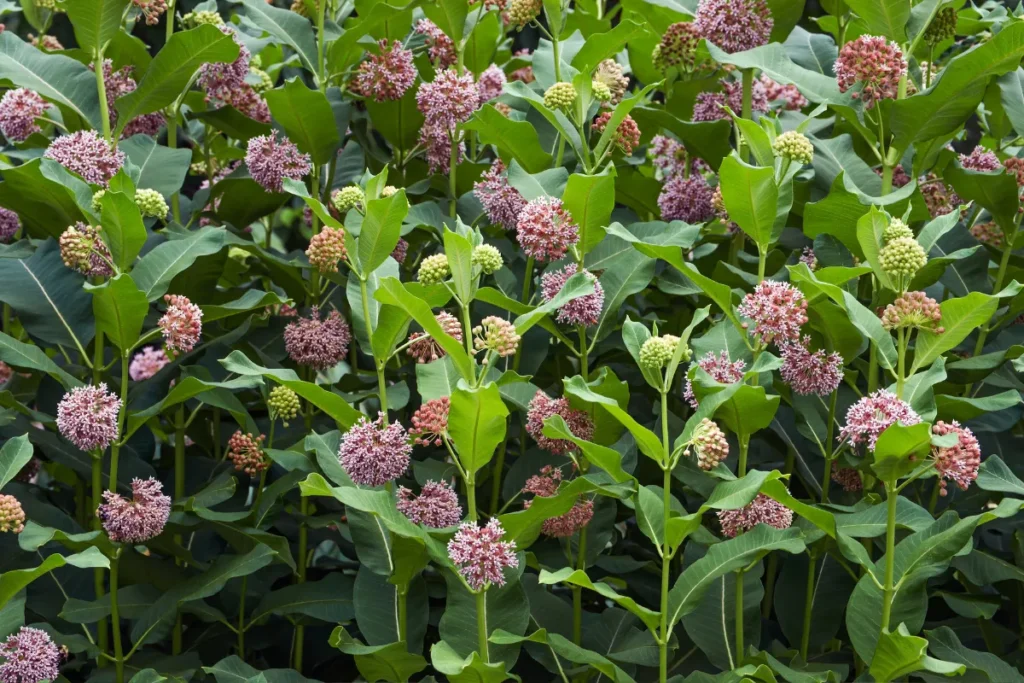
Prepare New Holes: Dig holes in the new planting area that are slightly larger than the root ball of each division.
Plant Divisions: Place each division in its prepared hole at the same depth it was growing previously. Fill in soil around the roots and gently firm it in.
Water Thoroughly: After planting, water each division deeply to settle the soil and provide moisture to the roots.
Mulch and Maintain
Mulch: Apply a layer of organic mulch around the newly planted divisions to conserve moisture and suppress weeds.
Monitor: Keep an eye on the newly transplanted divisions. Water them regularly, especially during dry periods, to help them establish.
Tips for Successful Division and Transplantation
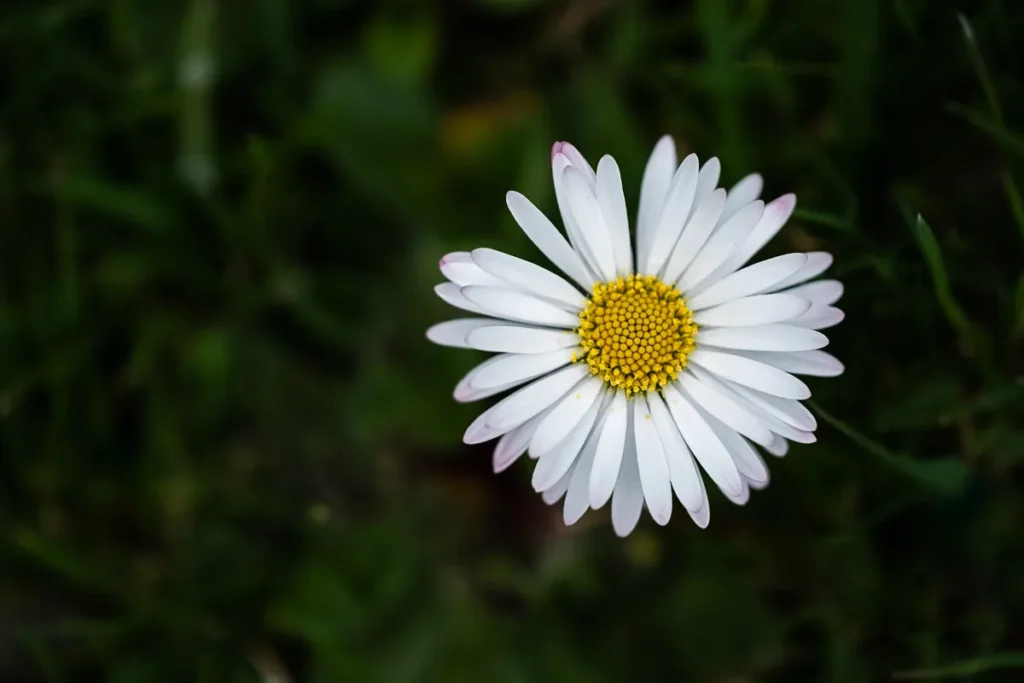
Choose Healthy Plants: Select vigorous, healthy plants for division to ensure success.
Timing is Key: Divide perennials at the right time to minimize stress and maximize growth.
Divide Carefully: Handle roots gently to avoid damaging them, which can set back plant growth.
Prepare Soil: Ensure the new planting area has well-draining soil enriched with compost or organic matter.
Label Plants: If you’re dividing multiple varieties, label them before lifting to avoid confusion during replanting.
Conclusion
Dividing and transplanting perennial flowers is a rewarding process that benefits both the plants and the gardener.
By understanding the needs of your perennials and following proper techniques, you can rejuvenate your garden, propagate new plants, and ensure a healthy and vibrant display year after year.
Whether you’re dividing to control growth, share with friends, or simply refresh your garden beds, these steps will guide you towards success in maintaining a thriving perennial garden.
Happy gardening!
In summary, mastering the art of dividing and transplanting perennial flowers enriches your gardening experience and contributes to the long-term health and beauty of your garden.

